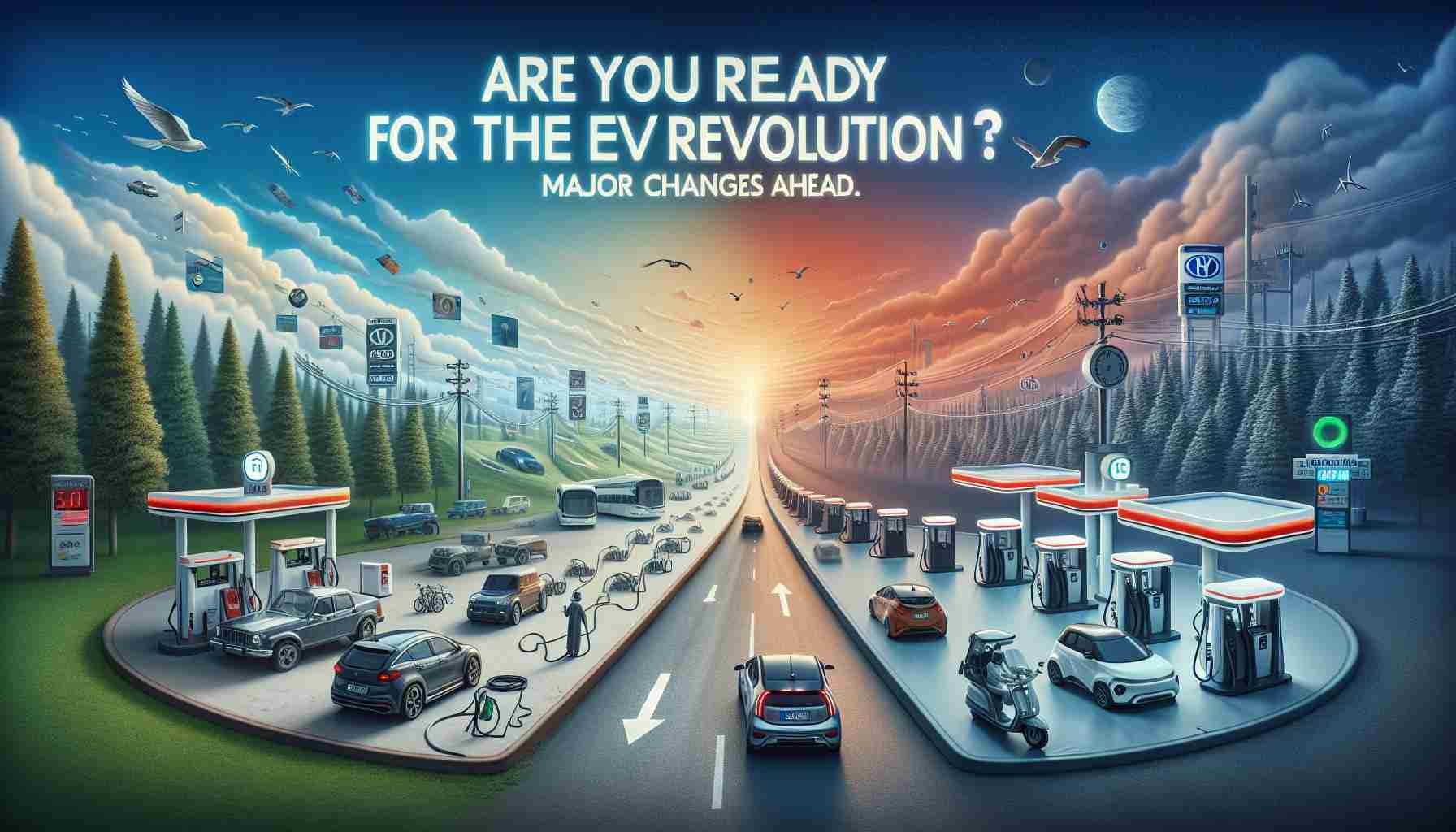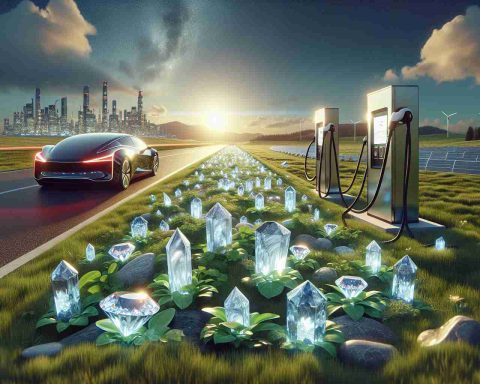Key Developments in the Electric Vehicle Sector
The electric vehicle (EV) industry is on the brink of a transformation in 2024, with significant shifts anticipated in both demand and production capabilities worldwide. China stands out, leading the global market with nearly two-thirds of all EV sales. A robust government subsidy initiative, valued at $11 billion, is set to continue incentivizing growth within the commercial EV sector into 2025. However, as domestic manufacturers compete fiercely for market dominance, challenges are sure to emerge.
In stark contrast, the European EV market is witnessing stagnation, as automakers pivot towards traditional vehicle models amidst tightening regulations. Additionally, in the United States, potential cuts to subsidies discussed by political leaders raise doubts about sustained profitability in the EV sector.
Amid these developments, the battery supply chain is shifting dramatically. Both the U.S. and EU are striving to decrease their reliance on China’s mineral resources, which could lead to increased tariffs and a push for local production initiatives.
As new technologies, such as sodium-ion batteries, gain traction, the landscape will continue to evolve. This period promises to be a fascinating time for industry stakeholders, as they navigate the complex dynamics of sustainability, innovation, and market competition. Exciting changes are just around the corner in the electric vehicle world!
Global Implications of the Electric Vehicle Revolution
The transformation in the electric vehicle (EV) sector is poised to reshape the contours of society and the global economy in profound ways. The rise of electric mobility not only represents a shift in how we think about transportation but also redefines global power dynamics, particularly in terms of technology and resource control. As countries like China dominate EV production and sales, their influence in technological innovation intensifies, potentially reshaping international alliances and trade relationships.
The environmental implications are equally significant. A transition to electric vehicles offers the potential to drastically reduce greenhouse gas emissions, thus playing a critical role in combating climate change. However, the industry’s reliance on lithium, cobalt, and nickel poses serious environmental concerns of its own. Mining practices associated with these minerals can lead to deforestation, water contamination, and biodiversity loss. The imperative for sustainable sourcing and production practices is more urgent than ever, as future trends indicate that consumer awareness and regulatory pressures will drive the demand for ethically produced EVs.
Long-term, as automakers innovate and consumer preferences shift, we could see an ecosystem where electrification integrates with renewable energy sources, enhancing grid stability and promoting energy independence. As nations strive to secure their positions within this burgeoning market, the broader implications for socio-economic equity and global sustainability remain a crucial dialogue for all stakeholders involved. The next decade may well determine if the EV revolution truly fosters a better, more sustainable world or if it inadvertently exacerbates existing challenges.
The EV Revolution: What to Expect in 2024 and Beyond
Key Developments in the Electric Vehicle Sector
The electric vehicle (EV) industry is poised for unprecedented change in 2024, characterized by evolving demand patterns and production capabilities worldwide. Notably, China continues to dominate the global EV market, accounting for nearly two-thirds of all sales. With a substantial government subsidy program valued at $11 billion, China is incentivizing growth in the commercial EV sector, which is expected to persist until 2025. However, as domestic manufacturers intensify competition, challenges for market share and innovation could arise.
Market Overview
# Global EV Sales Distribution
– China: Leads with approximately 66% of global EV sales.
– Europe: Currently experiencing stagnation as manufacturers shift focus to traditional vehicles.
– United States: Political uncertainties regarding subsidies may hinder growth.
# Key Players
China’s market is propelled by notable manufacturers like BYD, Tesla, and NIO, while European manufacturers such as Volkswagen, BMW, and Renault are adapting to regulatory changes.
Innovations in Battery Technology
The battery supply chain is evolving dramatically, with both the U.S. and EU actively seeking to reduce dependence on China’s mineral resources. This shift could result in increased tariffs on imports and a significant push for local production initiatives within North America and Europe.
# Emerging Technologies
– Sodium-Ion Batteries: Represent a promising alternative to conventional lithium-ion technology, potentially offering lower costs and improved sustainability.
– Solid-State Batteries: Expected to enhance energy density and safety, making them a focal point for future R&D.
Pros and Cons of the Current EV Landscape
# Pros
– Government Incentives: Continued support from governments can stimulate the EV market.
– Technological Advancements: Innovations like sodium-ion and solid-state batteries could revolutionize energy storage.
# Cons
– Market Saturation in China: Intense competition may lead to difficulties for smaller manufacturers.
– Regulatory Challenges in Europe: Stricter regulations may deter automakers from investing heavily in new EV models.
Use Cases and Trends
As the market evolves, diverse use cases for electric vehicles are emerging:
– Commercial Fleets: Companies are increasingly adopting EVs for logistics and delivery, contributing to lower operational costs and reduced emissions.
– Public Transport: Cities are investing in electric buses, aiming to enhance urban air quality and sustainability.
– Personal Vehicles: Consumer interest in EVs is driven by environmental concerns, technological features, and potential savings in fuel costs.
Future Predictions
Predictions indicate that by 2025, the global EV market could reach over 30 million units sold annually, as battery technology advances and charging infrastructure improves. New trends will likely focus on enhancing battery efficiency and developing sustainable materials for vehicle production.
Pricing and Market Analysis
The average selling price of electric vehicles has seen a slight increase due to rising materials costs. However, as production scales and technology improves, prices are projected to stabilize, making EVs more accessible to a broader consumer base.
Conclusion
The electric vehicle sector stands at a pivotal moment, where innovation, market dynamics, and regulatory frameworks will shape its future. Stakeholders must remain agile to navigate these challenges and opportunities, paving the way for a sustainable transportation ecosystem. For more insights on the electric vehicle industry, visit EV Volumes.













